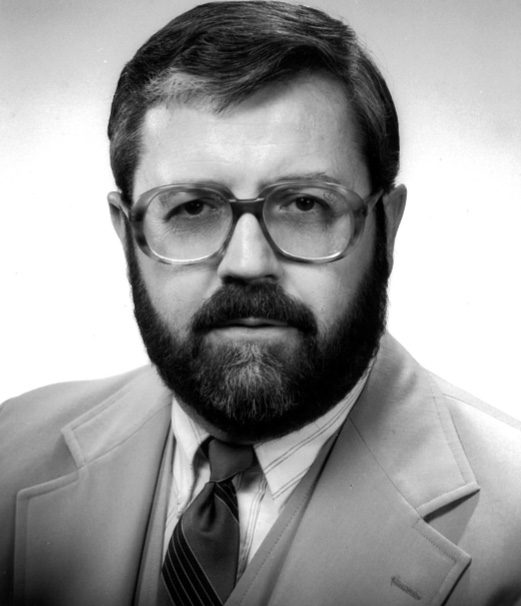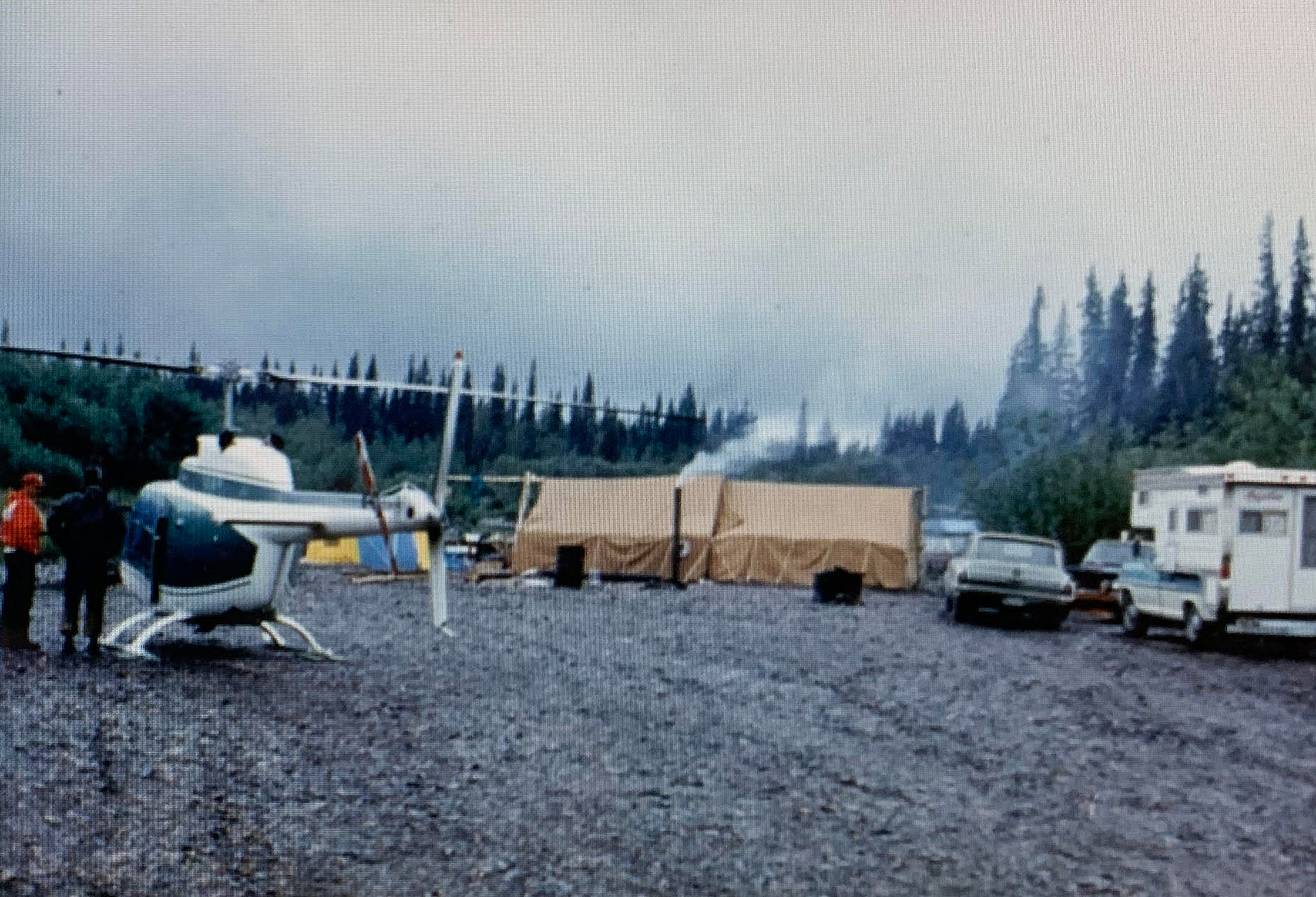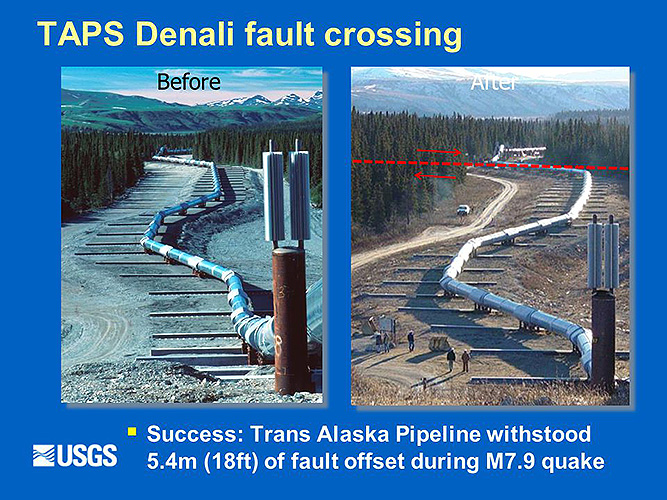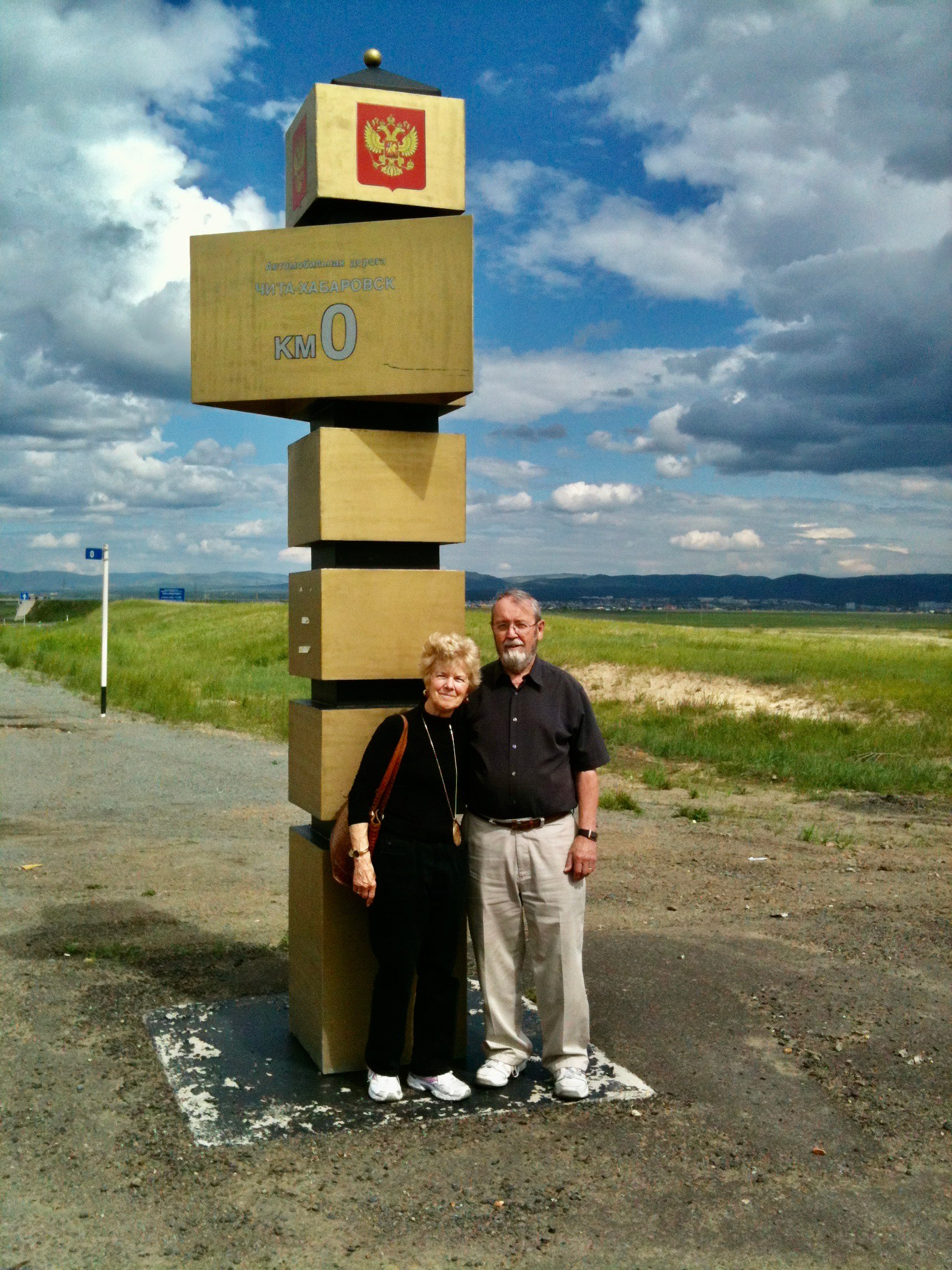Working on frozen ground

The trans-Alaska pipeline sits intact on beams at the Denali Fault crossing in the Alaska Range in November 2002, just a few days after the fault's slippage caused a magnitude 7.9 earthquake. Jim Rooney's firm, R&M Consultants, helped identify the fault location before pipeline construction. That contributed to the design of the fault crossing's support beams, which allowed the pipeline to slide laterally without breaking as the ground moved during the earthquake.
Jim Rooney spent part of the summer of 1969 working out of a tent near Livengood, poring over the geotechnical information his company needed to design a new road to the Yukon River.
And not just any road.
It was the first section of the Dalton Highway, the “haul road” to the enormous oil field at Prudhoe Bay, which had been discovered the year before.
“We were laying out the route and the ’dozers were right behind us,” Rooney recalled in an interview early this year. “It was an interesting time.”

Jim Rooney served as president of R&M Consultants starting in the early 1980s, when this photograph was taken.
After participating in the trans-Alaska pipeline construction effort, Rooney went on to spend decades designing infrastructure to stand up to Alaska’s Arctic and sub-Arctic conditions — especially its permafrost regions.
Now the retired president of R&M Consultants wants to ensure that UAF engineering students and others benefit from all that has been learned about building in the North. And he wants to ensure such knowledge continues to grow.
Rooney has donated $100,000 to assist in the startup of the UAF Arctic Engineering Enrichment Fund, which will provide student scholarships and support cold-regions engineering research. He’s working with fellow engineers to expand the fund.
The idea, he said, is “hopefully to enhance younger people’s opportunities to become involved with, first of all, civil engineering, but, secondly, dealing with frozen ground and issues related to permafrost.”
Billy Connor, director of the Alaska Infrastructure Development Center in the UAF College of Engineering and Mines, said Rooney is one of the most respected geotechnical engineers in Alaska and is recognized internationally as an expert in cold-regions engineering. Connor and colleague Yuri Shur successfully nominated Rooney for an honorary doctorate from UAF in 2021.
“His knowledge of permafrost made a huge impact on construction of the trans-Alaska pipeline,” Connor said. The line’s durability has been testament to the quality of Rooney’s work while under intense deadlines, he added.
“They had to make decisions on the fly,” Connor said. “For the most part, they got it right. Jim set the stage for much of that.”
Connor said Rooney has long recognized the value of the university in training engineers for such challenging work in cold regions. That recognition, he said, grew in part from Rooney’s early experiences in Alaska, when he worked at the state highway department’s materials lab, then located on the Fairbanks campus.
Pipeline days
At the end of 1968, as oil companies were pushing to build the pipeline, Rooney had just finished his master’s degree at Wayne State University in Detroit, Michigan, his home state. And he had a young family — wife Florence and daughters Alyson and Yvette.
He’d taken a consulting job in Iowa, but a friend, then-UAF associate professor Ralph Migliaccio, called him from Alaska with an offer.
Migliaccio and Rooney had met while working for the state of Alaska in Valdez in 1965. They were among the young civil engineers and geologists recruited after Alaska’s statehood in 1959 to replace federal workers in the transportation system.

An R&M tent camp occupies a gravel pad near Livengood during the 1969 route studies for the trans-Alaska pipeline haul road.
After the Prudhoe Bay oil discovery in 1968, Migliaccio formed a one-man geological engineering firm to work with oil companies on initial pipeline and road routing studies.
He asked Rooney to join the effort, and the company soon became the Fairbanks-based R&M. They participated in the initial geotechnical pipeline route study that began in March 1969.
By June 1969, Rooney was in Livengood as R&M tried to stay ahead of the bulldozers.
“The goal was to get an access road to the (Yukon) river by the end of ’69,” Rooney said. They initially worked in tents, designing the road as surveys and soil information came in from field crews. As winter set in, they moved to trailers. Electric heaters and a wood stove kept them warm.
“We started probably in June and worked right through almost to Christmas,” Rooney
said.
Then the entire pipeline project stalled out. Unresolved Alaska Native land claims
and environmental concerns halted construction for several years.
“That allowed several good things to happen,” Rooney recalled. Foremost, it created time to design a pipeline and a route that would last.
“At the beginning, the concept by the oil patch was that they were going to bury that pipe for the full length,” Rooney said. The warm oil would likely have thawed permafrost soils, causing them to slump and damage the line.
The delay allowed adoption of the thermosiphon support system that not only holds the pipe above the ground in permafrost areas but also conducts cold into the soils to keep them frozen, Rooney said.

Photographs show the trans-Alaska pipeline at the Denali Fault crossing before and after the Nov. 3, 2002, magnitude 7.9 earthquake. Jim Rooney's firm, R&M Consultants, helped identify the fault location before pipeline construction. That contributed to the design of the fault crossing's support beams, which allowed the pipeline to slide laterally without breaking as the ground moved during the earthquake.
In the following years, R&M Consultants worked on multiple aspects of the pipeline and road route. Oil began flowing in early July 1977.
One test of the pipeline’s design came on Nov. 3, 2002, when the Denali Fault in the Alaska Range slipped and caused a magnitude 7.9 earthquake. The movement displaced ground by about a dozen feet on opposite sides of the fault at the pipeline crossing. The pipeline slid nearly the full length of horizontal support beams installed to accommodate such movement, but it didn’t break.
Rooney said R&M helped identify the fault location prior to pipeline construction. “It’s not a simple little line in the ground where you can say, ‘Here it is,’” he said.
A few years after the crossing was designed, Alyeska Pipeline Service Co., the line’s builder and operator, solicited a third-party engineering review that concluded the crossing support structure was overly conservative, Rooney recalled.
“Of course, I think back when I read that and think ‘How fortunate we were that conservative,’” he said.
Working across the North
With the pipeline’s completion, Rooney and R&M Consultants continued to work across Alaska, designing roads, airports and other public and private facilities.
Even before oil began flowing, Rooney and R&M joined what was expected to be the next big pipeline project — the Alaska Natural Gas Transportation System, which was to carry North Slope gas to the Lower 48.
In 1978, he and his family moved to Irvine, California, where he worked on the problem of frost-jacking under what was expected to be a chilled pipeline. The project was canceled after four years, and the family moved back to Anchorage, where he became president of R&M when Migliaccio died in 1982.
Several people who nominated Rooney for the UAF honorary doctorate noted his work on the U.S. Postal Service facility at the Fairbanks International Airport. Rooney developed a method to thaw the relatively warm, ice-rich permafrost under the site before construction.
He also worked on numerous road and airport projects throughout Alaska, many of which had permafrost-related problems.

Jim and Flo Rooney stand at the 0 kilometer marker on the Chita-to-Khabarovsk road in eastern Russia in July 2012. They had just attended the 10th International Permafrost Conference in Salekhard, a city on the Ob River in northcentral Siberia.
Connor, who spent a few decades at the Alaska Department of Transportation and Public Facilities before coming to UAF in 2005, said Rooney was among the first to identify the challenges posed by climate change.
Rooney said he remembers being concerned about warming as early as the 1970s, long before it became an issue of broad public concern.
“Historically, when I came to Alaska, the tradition was to take the previous 30 years of climate and project it forward. That was obviously an outdated model,” Rooney said.
Rooney’s interest in permafrost engineering also drew him to Russia a number of times, where he met with fellow northern engineers.
“The Russians were ahead of the U.S. in Arctic engineering,” Connor noted. “He was trying to bring that knowledge over into the U.S.”
In 1992, Rooney and his wife rode the full length of the Baikal-Amur Mainline, a 2,700-mile railroad through the cold regions north of China. Their Russian host pointed out how large rocks used for the railroad bed in places increased cold air convection in the winter, helping to keep the underlying permafrost frozen.
“What you’ll see is you get these air vent holes that work their way through the snow. You end up with the cold going down and the heat coming up,” Rooney said. “I was impressed with it and wrote a paper.”
A ‘misplaced academic’
Rooney, in fact, has written and contributed to dozens of papers about cold-region engineering problems and solutions.
“He is in many ways a misplaced academic!” wrote Ted Vinson, a professor emeritus of civil engineering at Oregon State University, in his nomination letter for Rooney’s 2021 honorary doctorate. “Jim always wants to know ‘Why?’ and to hold an opinion that is supported by fundamental scientific laws and principles.”
Connor said such contributions, as well as Rooney’s participation in numerous professional and community activities, set him apart. The American Society of Civil Engineers presented Rooney with the 2002 Eb Rice Memorial Award and the 2011 Harold R. Peyton Award, both for contributions to cold-region engineering.
Rooney continued to publish reports up through the early 2000s but paused for about a decade when Florence developed dementia. She died in December 2018.
He presented his three most recent papers in October 2021 at the International Conference on Cold Regions Engineering in Boulder, Colorado. One title drew on over 50 years of experience: “Permafrost Test Sites: A Summary of Alaskan Pipeline Industry Efforts in Addressing Frozen Ground and Related Technical Issues.”
“It was an attempt, as best I could,” Rooney said. “The government agencies have done a tremendous amount of research and presentations, but the private sector information is pretty hard to get to. You might find a paper here or there. But you really didn’t have any kind of summary of what actually went on, trying to address the pipeline concerns. The problem, of course, is getting access to the company records.”
Advocating for students
Rooney fondly recalls his time working for the state highway department’s materials lab on campus in the mid-1960s. The collaboration was valuable for not only the university and department but also the students, he said.
“I’ve always been impressed with the exposure I had there and the level of effort,” Rooney said of the university. “It was just a great experience for me, and I wasn’t a student. But I got to watch the students and hire the students and see the quality through the years.”
He estimated R&M hired as many as 100 UAF students over the years.
“Back in early Alyeska days, we were hiring people for fieldwork, for design work, we just had a lot going on,” he said. “We ended up with just a large number of university students who would work for us in the field or in the lab and they would come back and want to come to work full time after they finished school.”
Today, Rooney’s advocacy for students hasn’t ended with his donation to the UAF Arctic Engineering Enrichment Fund; he has two grandsons with UAF civil engineering bachelor’s degrees.
“I’m urging one to get his master’s and the other his Ph.D.,” he said.



